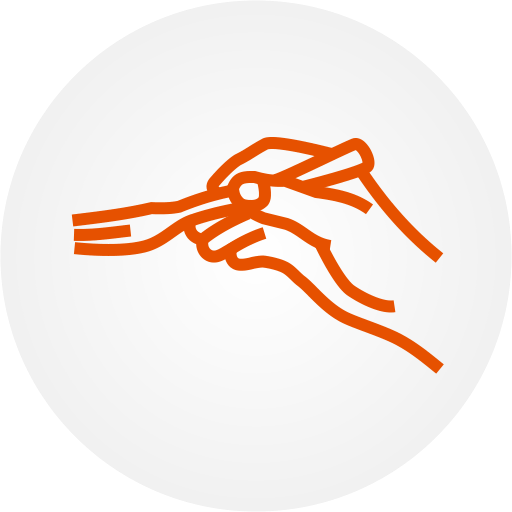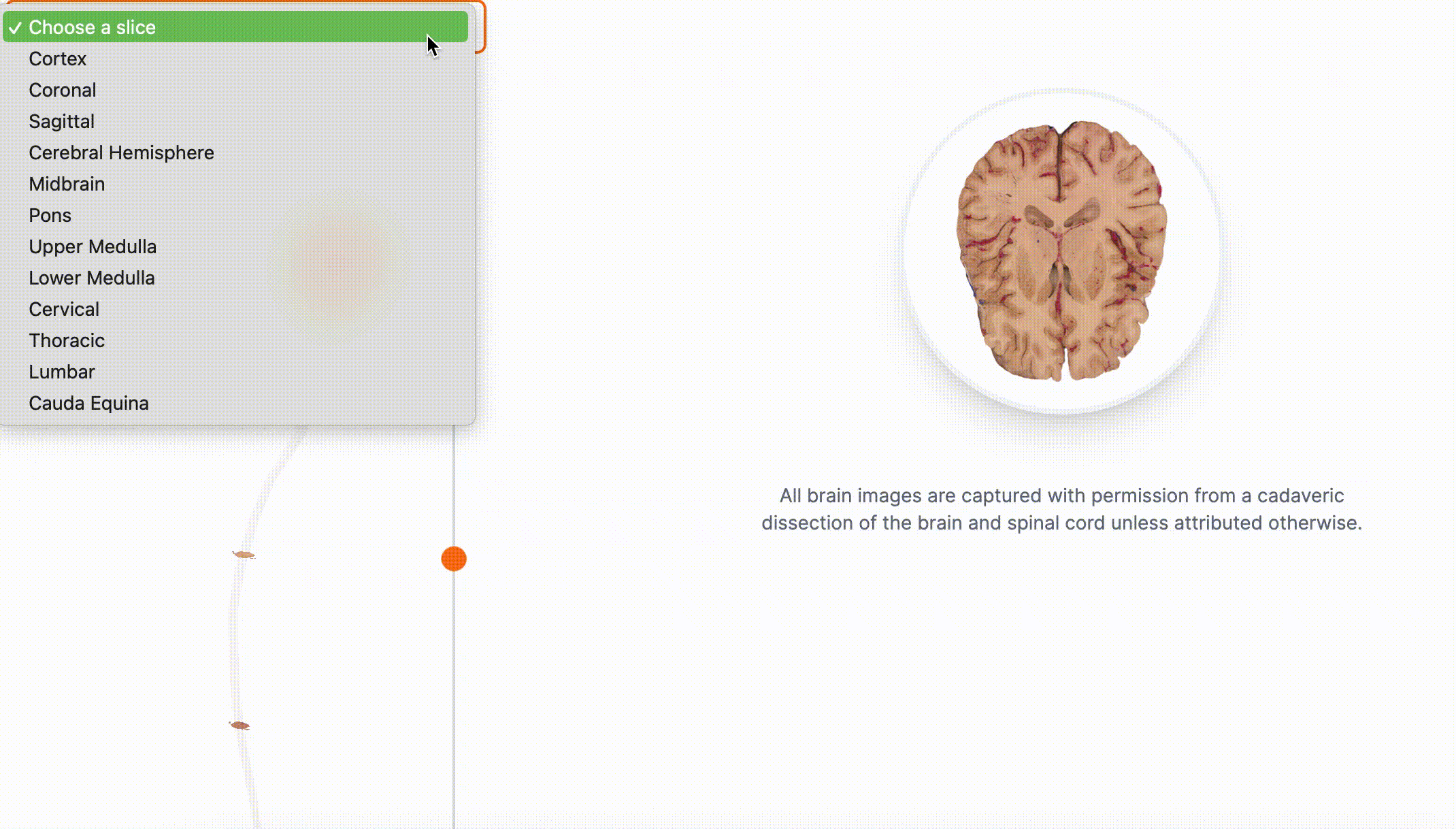Building Clinical Reasoning: Innovative Pedagogy with OTu’s Case Studies and Simulations
As healthcare education evolves, the emphasis on developing strong clinical reasoning skills has become paramount. Occupational therapy (OT) programs, in particular, have recognized the immense value of incorporating case studies and simulations into their curricula. These innovative pedagogical approaches not only enhance students' critical thinking abilities but also foster the confidence and competence needed to thrive in real-world clinical settings.
In the dynamic world of OT education, one platform has emerged as a game-changer: OTu. Designed by a multidisciplinary team of experts, OTu offers a comprehensive suite of resources that seamlessly integrate case studies and simulations to elevate the learning experience. In this in-depth blog post, we'll explore the transformative power of these tools and how they can be strategically implemented to cultivate exceptional OT practitioners.
The Importance of Case Studies and Simulations in OT Education
Across the healthcare professions, including medicine, nursing, physical therapy, and occupational therapy, the use of case studies and simulations is widely recognized as a best practice. Extensive research has demonstrated the profound impact these instructional methods have on student learning and development, specifically in the following areas.
Enhancing Clinical Reasoning: Case studies and simulations provide students with opportunities to apply their knowledge and problem-solve in realistic clinical scenarios. This hands-on approach helps them develop the critical thinking skills and clinical reasoning abilities essential for effective patient/client care.
Boosting Confidence and Competence: By engaging in these active learning experiences, students can build their confidence and competence, better preparing them for the transition from the classroom to the clinical setting.
Reducing Anxiety: The interactive nature of case studies and simulations helps students feel more comfortable and confident in their abilities, reducing the anxiety often associated with patient/client interactions.
Facilitating Skill Development: These pedagogical tools allow students to practice essential skills, such as assessment, intervention planning, and client-centered communication, in a safe and supportive environment.
Recognizing the profound impact of case studies and simulations, OT programs have increasingly incorporated these strategies into their curricula. However, the implementation and scaffolding of these learning experiences can be a complex undertaking. This is where the OTu platform shines, offering a comprehensive and innovative solution to elevate OT education.
Navigating the OTu Ecosystem: Case Studies and Simulations
OTu's robust platform provides a diverse array of case studies and simulations, each designed to support students at various stages of their educational journey. By strategically incorporating these resources, educators can create a scaffolded learning experience that gradually builds students' confidence and competence.
Case Studies: Laying the Foundation
OTu's case studies offer a range of complexity, catering to the needs of students at different levels of their education. These learning experiences can be paper-based, video-based, or a combination of both, providing students with opportunities to analyze real-life client scenarios and apply their knowledge in an environment that provokes less anxiety.
The case studies within OTu are typically organized within each app by clinical conditions, allowing educators to align them with the specific content being covered in their courses. For example, one of the "Assistive Mobility Devices" case studies focuses on foundational concepts related to gait patterns and the use of assistive devices with a patient who experienced a stroke, while the "Lines and Tubes" case studies delve into safe movement and management of clients with various lines, tubes, or drains, for example an adult following a car accident.
By starting with these lower-complexity case studies, students can build their clinical reasoning skills and confidence in a safe, supportive environment. As they progress, educators can introduce more advanced case studies that challenge students to connect multiple concepts, interpret assessment findings, and make informed clinical decisions.
Simulations: Bridging the Gap to Practice
Complementing the case studies, OTu's simulations provide students with dynamic, interactive learning experiences that closely mimic real-world clinical scenarios. These simulations are categorized into three distinct levels of complexity:
MicroLearning: These short, quiz-based simulations focus on the application of specific knowledge or skills, helping students solidify their understanding of key concepts.
Mini Sims: Offering 10-20 minute patient-based scenarios, these simulations challenge students to apply their knowledge and clinical reasoning skills in a more comprehensive manner, connecting two or more concepts.
Macro Sims: Lasting 30-90 minutes, these high-fidelity simulations require students to synthesize information, make clinical decisions, and navigate complex client interactions, closely mirroring the demands of real-world practice.
The scaffolded nature of these simulations allows educators to gradually increase the level of complexity as students progress through their education. By starting with the MicroLearning simulations and gradually transitioning to the more advanced Mini Sims and Macro Sims, students can develop the confidence and competence needed to thrive in clinical settings.
Importantly, the OTu platform provides educators with comprehensive support, including detailed Educator Keys that outline the learning objectives, scenario details, and expected student responses. This valuable resource empowers educators to effectively integrate these simulations into their curricula and provide meaningful feedback to students, while reducing faculty workload.
Strategically Integrating OTu's Case Studies and Simulations
To maximize the impact of OTu's case studies and simulations, educators can employ a strategic, scaffolded approach that aligns with the developmental needs of their students. By carefully sequencing these learning experiences, educators can create a seamless transition from the classroom to the clinical setting.
Scaffolding the Learning Experience
The OTu platform offers a continuum of case studies and simulations that can be strategically integrated into the curriculum. Educators can begin with the lower-complexity, static case studies, where students analyze real-life client scenarios without the pressure of direct interaction.
As students gain confidence and familiarity with the content, educators can introduce more interactive learning experiences, such as the MicroLearning and MiniSim simulations. These simulations allow students to practice essential skills, such as client assessment and intervention planning, in a safe, supportive environment.
As students progress, educators can incorporate simulations that involve interactive engagement with the MiniSims, where they respond to changes in the client’s condition as assessment and treatment progress, further increasing the fidelity and complexity of the learning experience. Finally, the high-fidelity Macro Sims within the OTu platform challenge students to navigate comprehensive client scenarios, requiring them to synthesize information, make clinical decisions, and demonstrate their higher level clinical reasoning abilities.
By carefully scaffolding the case studies and simulations, educators can foster a seamless transition from the classroom to the clinical setting, ensuring that students are well-prepared to provide exceptional client-centered care.
Leveraging OTu's Educator Resources
The OTu platform not only provides a wealth of case studies and simulations but also offers comprehensive educator resources to support effective implementation. These resources include detailed Educator Keys, which outline the learning objectives, scenario details, and expected student responses for each simulation.
Educators can utilize these Educator Keys to align the case studies and simulations with their specific course content and learning objectives. Additionally, the keys provide valuable insights into the expected student performance, empowering educators to provide meaningful feedback and guide students' clinical reasoning development.
Beyond the Educator Keys, the OTu team is dedicated to supporting educators throughout their implementation journey. Webinars, workshops, and personalized consultations are available to help educators navigate the platform, integrate the resources effectively, and maximize the impact on student learning.
Elevating OT Education with OTu's Innovative Pedagogy
In the dynamic landscape of healthcare education, the integration of case studies and simulations has become a hallmark of excellence. OTu's comprehensive platform, with its diverse range of case-based learning experiences and interactive simulations, offers a transformative solution for OT programs seeking to elevate their students' clinical reasoning abilities.
By strategically incorporating these innovative pedagogical tools, educators can create a scaffolded learning experience that gradually builds students' confidence, competence, and clinical decision-making skills. As students progress through the OTu ecosystem, they will be better equipped to navigate the complexities of real-world clinical practice, ultimately delivering exceptional, client-centered care.
Embrace the power of OTu's case studies and simulations, and unlock the full potential of your OT students. Together, we can shape the future of the profession, empowering the next generation of exceptional occupational therapy practitioners.
| CASE STUDIES | SIMULATIONS |
|---|---|
| Acute Care | Acute Care Simulations |
| Adaptive Equipment | – |
| Analysis of Occupations and Activities | – |
| Assistive Mobility Devices | Assistive Mobility Devices Simulations |
| Cardiopulmonary Rehabilitation | – |
| Gait Analysis | – |
| Lines and Tubes | In Acute Care Simulations |
| NeuroRehab | Neuro Simulations |
| Neurologic Case Studies** | – |
| Pediatric Development | – |
| Physical Agent Modalities | Physical Agent Modalities Simulations |
| – | Interprofessional Practice |
| – | Physical Disabilities: Musculoskeletal Simulations |
| – | ROM/MMT Simulations |
| – | Wound Healing & Care Simulations |




















